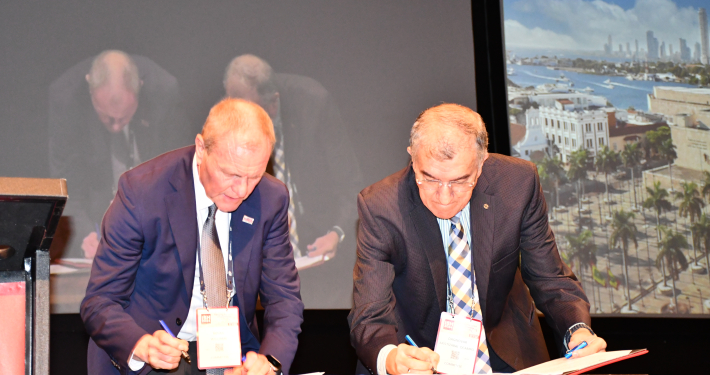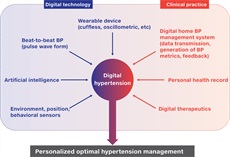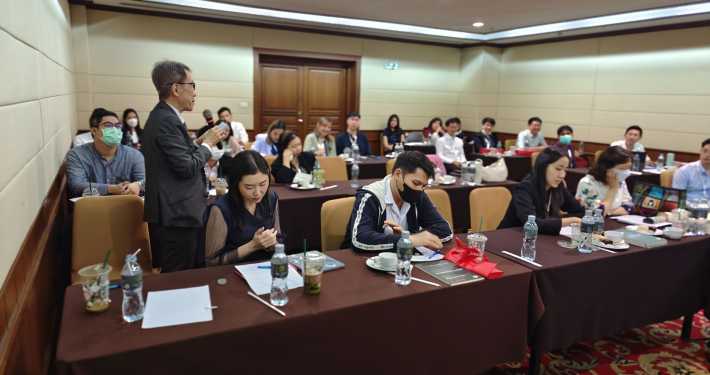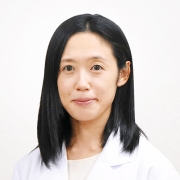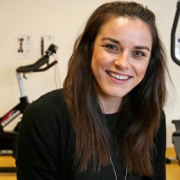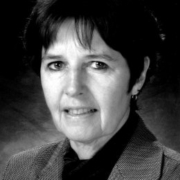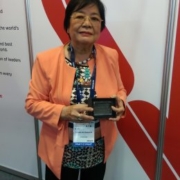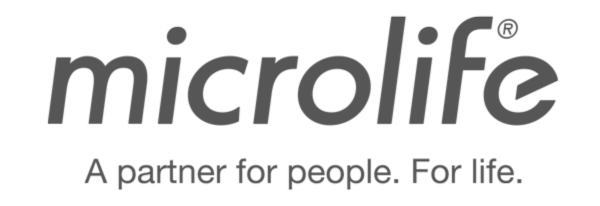What is your role at your work?
I am a renal physiologist who studies the role of sex steroids and sex differences in hypertension and renal function, postmenopausal hypertension and hypertension associated with polycystic ovary syndrome.
In my capacity as the director of the WHRC, I promote research and education in women’s health.
In my capacity as Director of Research Development for the University, I manage the institutional intramural research support program and other committees to support research.
How did you get interested in your career path?
I was a critical care nurse for 11 years before deciding to get a PhD in biochemistry. I was fortunate to work in several physiology laboratories learning about renal function and hypertension and became interested in aging and sex/gender differences.
What are you most proud of in your career or otherwise?
I am most proud of my trainees, many of whom have gone on to successful clinical and/or research careers. I am also proud of my research that has garnered NIH funding since 1998.
What important career challenges have you faced and how did you overcome them?
Since I was a “mature” student with two young children throughout college and my graduate training, balancing my education/work with my children was somewhat of a challenge. Also, I was the first woman hired as a faculty member in my department, and this was a challenge for many years. However, I believe in persistence and nothing changes opinions/perceptions like success in your research.
What advice would you give your younger self?
Be persistent, work hard and enjoy what you do. If you don’t enjoy it, find something else. If you do and are persistent, you will be successful.
Highlight your most significant research contributions and publications (3-5) – if relevant to you.
Testosterone exacerbates hypertension and reduces pressure-natriuresis in male spontaneously hypertensive rats.
Reckelhoff JF, Zhang H, Granger JP.
Hypertension. 1998 Jan;31(1 Pt 2):435-9.
Characterization of an animal model of postmenopausal hypertension in spontaneously hypertensive rats.
Fortepiani LA, Zhang H, Racusen L, Roberts LJ 2nd, Reckelhoff JF.
Hypertension. 2003 Mar;41(3 Pt 2):640-5.
Subpressor doses of angiotensin II increase plasma F(2)-isoprostanes in rats.
Reckelhoff JF, Zhang H, Srivastava K, Roberts LJ 2nd, Morrow JD, Romero JC.
Hypertension. 2000 Jan;35(1 Pt 2):476-9.
Sexual dimorphism in the renin-angiotensin system in aging spontaneously hypertensive rats.
Yanes LL, Romero DG, Iles JW, Iliescu R, Gomez-Sanchez C, Reckelhoff JF.
Am J Physiol Regul Integr Comp Physiol. 2006 Aug;291(2):R383-90.
Roles for the sympathetic nervous system, renal nerves, and CNS melanocortin-4 receptor in the elevated blood pressure in hyperandrogenemic female rats.
Maranon R, Lima R, Spradley FT, do Carmo JM, Zhang H, Smith AD, Bui E, Thomas RL, Moulana M, Hall JE, Granger JP, Reckelhoff JF.
Am J Physiol Regul Integr Comp Physiol. 2015 Apr 15;308(8):R708-13.
Have you had any significant career mentors? If yes, please provide further details.
- My graduate advisor, Dr. Judith S. Bond, at Medical College of Virginia, taught me how to be a scientist and how to exist and thrive in an “old boys’ network”.
- Dr. Chris Baylis at West Virginia University taught me how to be a renal physiologist.
- Dr. Joey Granger, University of Mississippi Medical Center, taught me to write successful grants and be a mature scientist.
How can we support the next generation of women scientists?
We can support women scientists by providing them with mentors who will be honest and provide them with constructive criticism of their work and advice on career moves. Women need to learn to be their own champions, be persistent in the things they want to do, and associate with individuals to can help them accomplish their goals.

